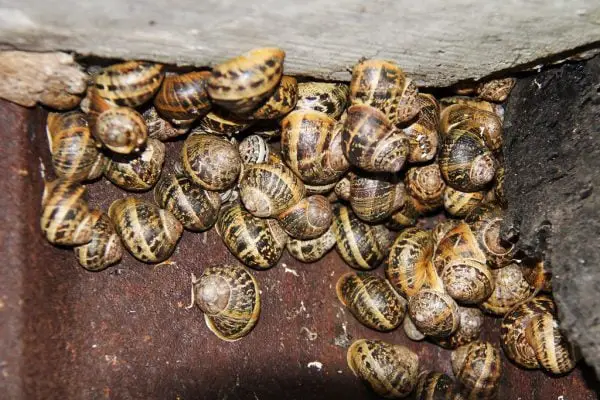In the intricate world of insects, few creatures captivate our curiosity quite like the ant. These tiny marvels of nature, renowned for their social structures and organized societies, have earned a diverse vocabulary to describe their collective existence. By delving into the fascinating world of collective nouns for ants, we gain a deeper appreciation for their complex behaviors, functions, and group dynamics.
Collective Nouns for Ants
While “colony” is the most widely used collective noun for ants, encompassing the entire community of individuals working towards a common goal, this single term fails to capture the full spectrum of their group behavior. Depending on the context and activity, a diverse array of collective nouns is employed to paint a more nuanced picture:
- Army: This term evokes a sense of disciplined and coordinated movement, highlighting the organized and strategic approach ants demonstrate during foraging expeditions or collective defense. Imagine witnessing an army of ants, resembling a miniature marching band, efficiently navigate the terrain as they transport food back to their nest.
Example: An army of ants marched in a single file, carrying crumbs ten times their size back to their hidden home.
- Swarm: This term signifies a large and active gathering, often associated with temporary situations like migration or resource acquisition. Picture a swarm of ants, resembling a swirling cloud, rapidly covering a newly discovered food source, each individual working tirelessly to contribute to the collective effort.
Example: As the sun dipped below the horizon, a swarm of ants descended upon the fallen fruit, their coordinated movements showcasing the efficiency of their collective response.
- Nest: This term emphasizes the dwelling place of ants, a haven for raising young, storing resources, and coordinating colony activities. Imagine a meticulously constructed nest of ants, resembling an underground city, bustling with activity as individuals tend to their various tasks.
Example: The intricate network of tunnels within the nest of ants served as a testament to their architectural prowess and organized communal living.
- Cluster: This term suggests a group of ants gathered closely together, often engaged in specific tasks or activities requiring close collaboration. Picture a cluster of ants, resembling a living ball, working in unison to transport a large object back to their nest, their combined efforts showcasing the strength in unity.
Example: A cluster of ants surrounded a fallen insect, their coordinated movements demonstrating the efficiency of their collective efforts in dismantling and transporting the food source.
- Caste: This term refers to a subdivision within the colony, where individual ants are categorized based on their specific roles and functions, contributing to the colony’s overall success. Imagine a caste of worker ants, diligently fulfilling their duties of foraging and nest maintenance, while the queen ant, the sole reproductive individual, lays eggs to ensure the colony’s survival.
Example: Within a caste of ants, each member plays a vital role, from the dedicated workers to the soldier caste responsible for defense, ensuring the colony’s continued success.
- Horde: This term emphasizes a large and bustling group, often associated with movement or activity on a grand scale. Picture a horde of ants, resembling a flowing river, swiftly responding to changes in their environment, showcasing their remarkable adaptive and collaborative nature.
Example: A horde of ants emerged from their nest, their collective movement resembling a living wave as they embarked on a foraging expedition to replenish their dwindling food stores.
- Mound: This term refers to the visible structure constructed by ants, serving as their anthill and a testament to their architectural marvels. Imagine a towering mound of ants, resembling a miniature mountain, teeming with activity as individuals enter and exit, contributing to the continued growth and maintenance of their remarkable communal dwelling.
Example: Children marveled at the complexity of the ant mound, awestruck by the intricate tunnels and chambers that housed this fascinating colony.
Interesting Facts About Ants
Understanding these collective nouns goes beyond mere vocabulary; it allows us to appreciate the remarkable complexities of ant behavior:
Masters of Cooperation: Ants exhibit an exceptional ability to collaborate and work together towards a common goal, showcasing their remarkable social organization and efficiency.
Masters of Communication: Despite their diminutive size, ants possess a sophisticated communication system relying on pheromones, sounds, and touch to coordinate their activities and share vital information.
Ecological Significance: Ants play a crucial role in maintaining healthy ecosystems by contributing to soil aeration, seed dispersal, and pest control.
Final Thoughts
From the intricate organization of a “colony” to the coordinated movement of an “army,” the diverse collective nouns for ants offer a glimpse into the fascinating world of these tiny social insects.
Also Read:





